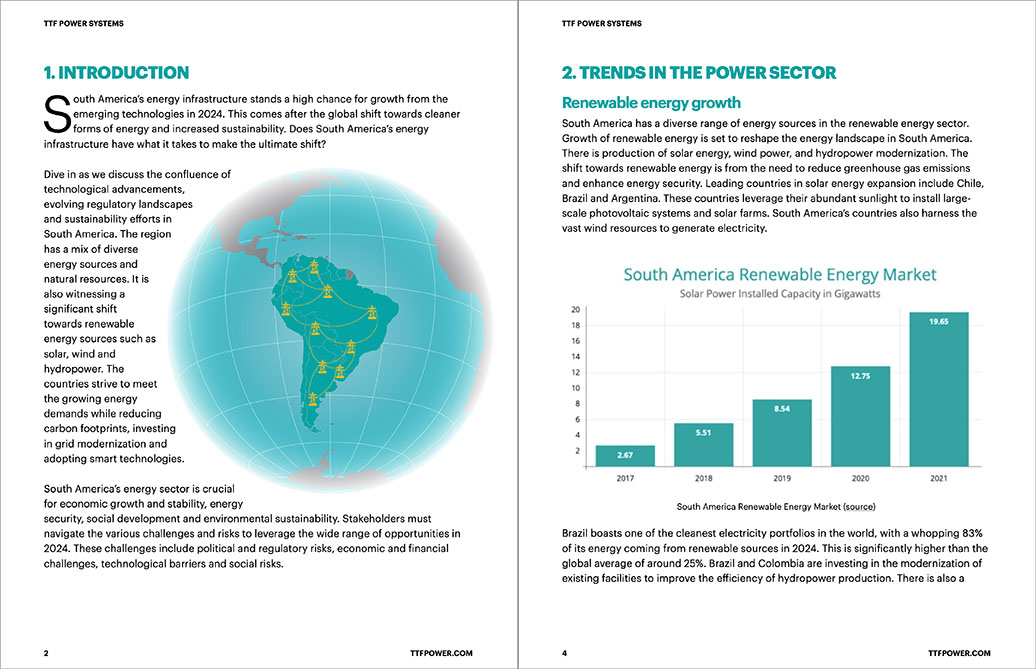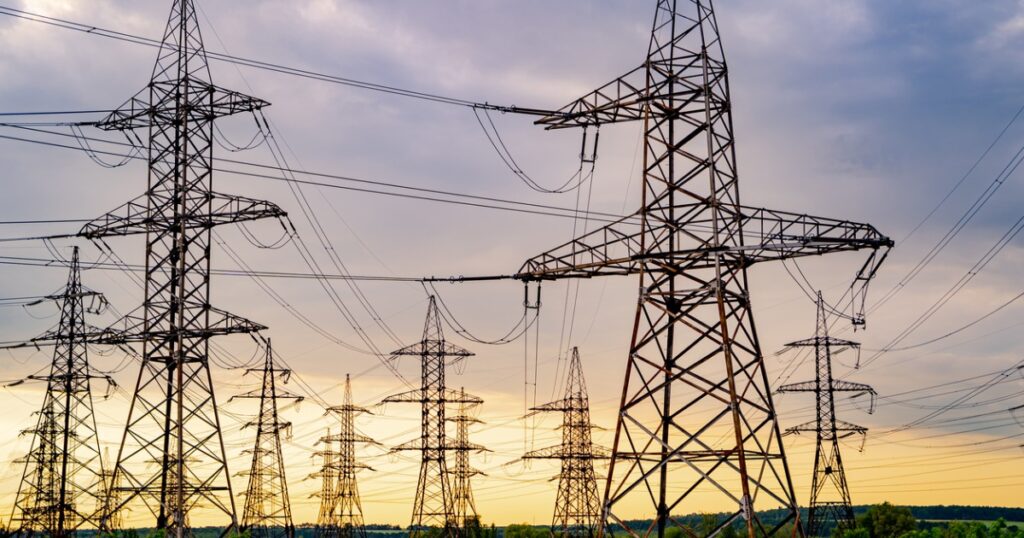Outdated infrastructure in South America affects everything from economic development to energy security. Outdated infrastructure increases the cost of electricity, which affects both consumers and businesses. Countries like Bolivia, Ecuador, and Venezuela face several challenges due to economic instability. The specific challenges and the extent of outdated infrastructure vary across different regions. Some South American countries have made progress in modernizing their grids, while others continue to grapple with aging infrastructure. The negative consequences of outdated infrastructure include power outages, energy losses, limited grid capacity, and economic and environmental impacts. Therefore, South American countries should increase investments to upgrade and modernize their energy infrastructure.
Benefits of outdated infrastructure in South America
Outdated infrastructure in South America’s energy sector poses various challenges. However, there are some benefits that are often situational and not as substantial as the challenges. South American countries can leverage these opportunities to modernize their energy systems. This can also ensure the region meets its sustainable energy targets. Such benefits include strengthening regional cooperation, potential for investments, job creation, opportunities for innovation, and cost-effective upgrades. A strain clamp is a component used to hold and secure conductors under tension. It has designs to withstand the mechanical loads and stresses that occur when conductors are tight between towers.
Challenges of outdated infrastructure in South America’s energy sector
The challenges from outdated infrastructure affect economic stability and energy security. The challenges limit the region’s ability to meet its environmental and climate goals. South America’s industry professionals should address these challenges through coordinated efforts. This is to modernize the grid, integrate renewable energy, and adopt new technologies. Such measures have the potential to transform the energy sector into a more reliable and sustainable system. Discussed below are the challenges of outdated infrastructure.

- Limited grid capacity – outdated transmission and distribution networks are susceptible to power outages and voltage fluctuations. Also, the existing grid infrastructure lacks the capacity to integrate large-scale renewable energy projects.
- High energy losses – outdated infrastructure contributes to high levels of technical losses. This is especially during transmission and distribution. The infrastructure may also consume more fuel and emit more pollutants than modern plants.
- Barriers to renewable energy expansion – the modern transmission lines hinder the expansion of renewable energy projects. Outdated infrastructure delays the development of solar farms, solar parks, and hydropower projects. Additionally, the integration of renewable energy into an outdated grid can create stability issues.
- Regional integration obstacles – outdated infrastructure limits the potential for regional energy integration. The lack of modern, interconnected grids prevents the efficient sharing of resources.
- Climate change – the outdated energy infrastructure is vulnerable to extreme weather events. Floods, hurricanes, and droughts can damage aging power plants and transmission lines.
- Obsolete technology – the slow modernization in South America means the energy infrastructure is not equipped to handle new technologies. This technological gap hinders the ability to integrate smart grids, energy storage, or advanced renewable energy systems.
Investments in modernization in South America
Investments in modernization are important for transforming South America’s energy infrastructure. It also helps enhance economic growth and ensure sustainable development. The region can improve energy reliability by focusing on grid modernization, renewable energy expansion, energy storage, and regional integration. Additionally, the strategic investments and coordinated actions can transform its energy infrastructure. The following are the key areas of investments and their impacts.

- Grid modernization – investment in smart grid technologies can transform the energy infrastructure. This is by incorporating advanced sensors and communication networks. Also, it is crucial to replace outdated transmission lines and distribution networks with modern, high-capacity infrastructure.
- Energy storage solutions – investment in battery storage systems is important for managing the intermittency of renewable sources. The development of pumped hydro storage facilities can provide extra energy storage capacity. This helps to balance supply and demand and stabilize the grid.
- Technological innovation – investing in research and development can drive technological innovations that improve energy efficiency. This includes developing new technologies for renewable energy, grid management, and energy storage. The region can also adopt emerging technologies such as blockchain for energy trading, AI for predictive maintenance and IoT for grid monitoring and optimization.
- Renewable energy expansion – investments in solar and wind energy projects helps in diversifying the energy mix. Modernizing existing hydropower facilities can enhance efficiency and reduce environmental impacts.


